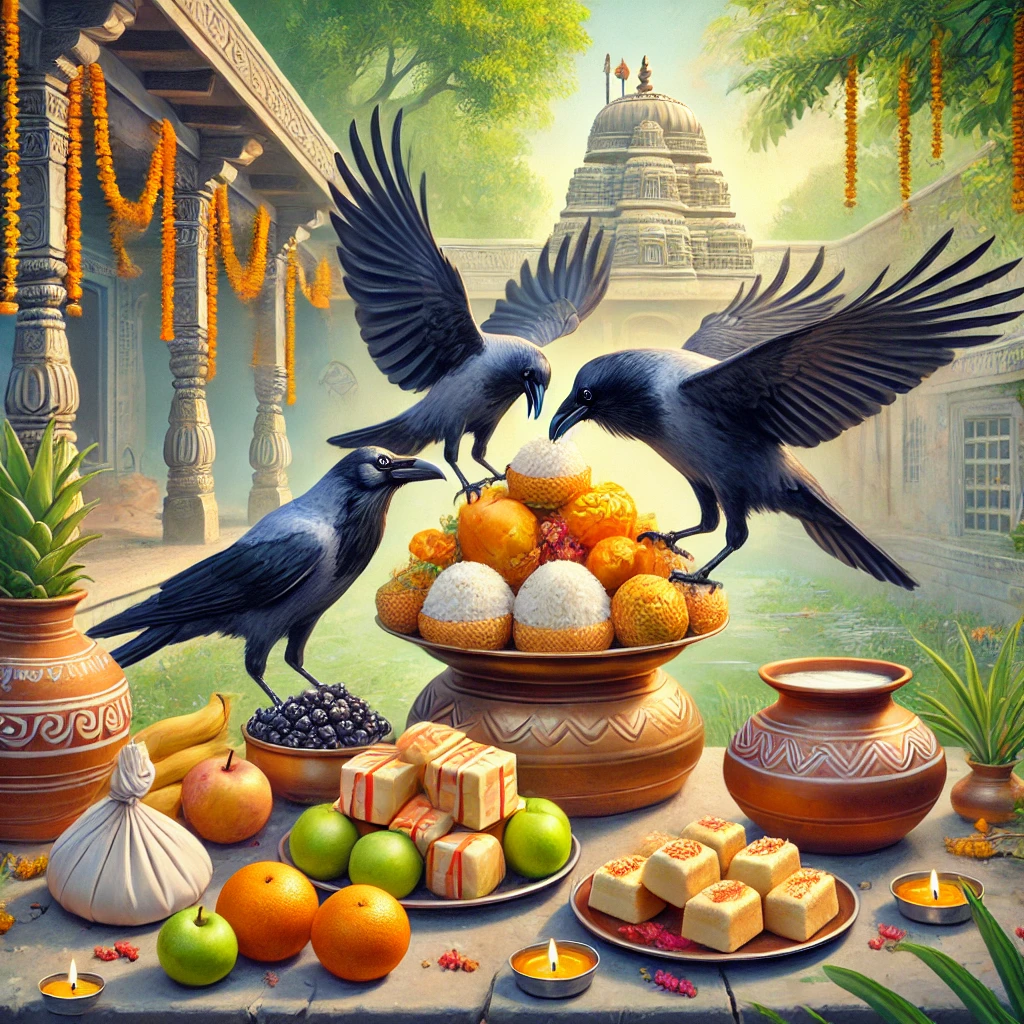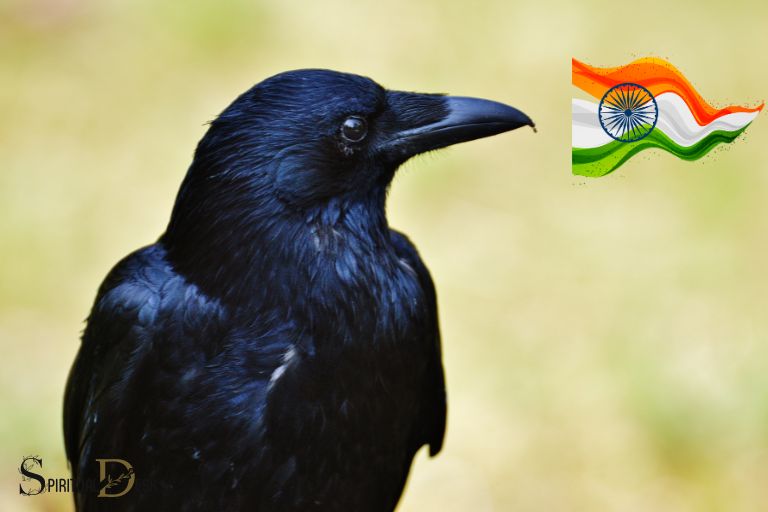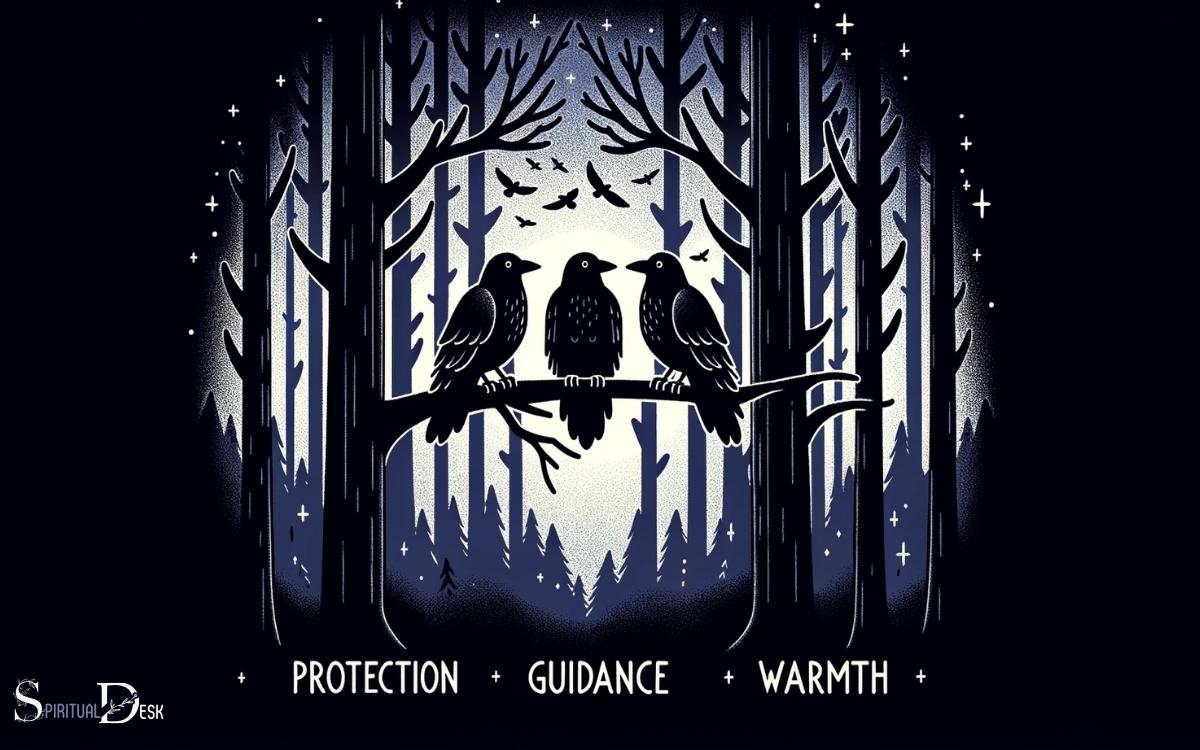
The Enduring Spirit: A Journey into Crow Traditional Beliefs
In the heart of Montana’s vast plains and rugged mountains, a vibrant spiritual heritage continues to thrive. For the Apsáalooke, or Crow people, traditional spiritual beliefs are not merely a set of historical practices but a living, breathing framework that permeates every aspect of their existence – from daily routines to monumental life events. This deep connection to the land, the Creator, and the spirit world forms the bedrock of a culture renowned for its resilience, bravery, and profound wisdom.
The Apsáalooke, whose name is often translated as "Children of the Large-Beaked Bird" (often misinterpreted as "crow" by early European settlers), have always understood the world as a place imbued with sacred power. Unlike Western religions that often compartmentalize faith, Crow spirituality is holistic, woven into the fabric of community, family, and individual identity. It is a worldview where the visible and invisible worlds constantly intertwine, where ancestors guide, and where every creature and natural feature holds significance.

At the core of Crow spiritual understanding is the Creator, often referred to as Ah-badt-dadt-deah, "The One Above." This supreme being is the source of all life and power, the architect of the universe. However, Crow spirituality is not monotheistic in the conventional sense; it acknowledges a vast pantheon of spirits and helpers that emanate from the Creator and inhabit the natural world. These range from powerful animal spirits that offer guidance and strength to the spirits of ancestors who continue to watch over their descendants.
The Quest for "Medicine" and Personal Power
Central to individual spiritual development among the Crow is the concept of "medicine." This term, often misunderstood in English, does not refer solely to healing remedies but to a sacred power, a spiritual strength or protective force that can be acquired and wielded for the benefit of oneself, one’s family, or the entire community. This medicine might manifest as good fortune, skill in hunting or warfare, protection from harm, or the ability to heal.
The primary pathway to acquiring personal medicine is through the vision quest, or baaxpée (roughly translated as "dreaming" or "vision-seeking"). This solitary journey, typically undertaken by young men but also by women, involves venturing into isolated sacred places, often in the mountains, to fast, pray, and humble oneself before the Creator. For days, the seeker endures hunger, thirst, and exposure, opening themselves to visions and spiritual insights. The goal is to receive a personal revelation – a song, a spirit animal helper, a specific ritual, or an object – that will guide their life and imbue them with power.
As one Crow elder recounted, "The vision quest is a way to humble yourself before the Creator and ask for guidance, not for power over others, but for the strength to live your own life right and to help your people." The experience is deeply personal and transformative, often shaping an individual’s destiny and their role within the tribe. Upon returning, the individual consults with an elder or a medicine person to interpret their vision and understand its implications.
Sacred Bundles: Tangible Manifestations of Power
The visions and sacred instructions received during quests often lead to the creation of sacred bundles. These are meticulously assembled collections of objects – feathers, stones, animal parts, pipes, herbs – carefully wrapped in buckskin or cloth. Each item within a bundle has specific spiritual significance, often directly linked to a vision or a powerful experience. There are individual bundles, family bundles, and larger, more powerful tribal bundles, each holding immense spiritual power and requiring specific rituals and protocols for their care and opening.
These bundles are not merely relics; they are living entities, repositories of sacred power and history. They represent the accumulated wisdom and blessings of generations. Owning and caring for a sacred bundle is a profound responsibility, requiring a lifetime of reverence and adherence to specific ceremonial practices. They are opened only on special occasions, for specific purposes, such as healing, preparing for a journey, or seeking guidance for the community.

Ceremonies of Renewal and Community
Crow spiritual life is punctuated by powerful communal ceremonies that reinforce cultural identity, heal the community, and connect individuals to the larger cosmic order. Two of the most significant are the Sweat Lodge and the Sun Dance.
The Sweat Lodge (inipi) is a universal practice across many Native American cultures, including the Crow. It is a dome-shaped structure, traditionally made of willow branches covered with blankets or hides, heated by water poured over red-hot stones. The sweat lodge is a place of purification, prayer, and spiritual cleansing. Participants enter the dark, hot lodge to sweat, sing sacred songs, offer prayers, and connect with the spirits. It is seen as a return to the womb of Mother Earth, a place of rebirth and renewal.
The Sun Dance (Aashbiiwaa), historically, was the paramount Crow ceremony, a powerful annual ritual of sacrifice, renewal, and prayer for the well-being of the entire community. While specific practices vary among Plains tribes, the Crow Sun Dance traditionally involved participants making profound personal sacrifices, often including piercing the flesh, to demonstrate their devotion and commitment to the Creator and their people. "Through our sacrifice, we bring strength and healing to all our people," is a common sentiment expressed regarding the Sun Dance. It is a testament to unwavering faith and collective purpose, enduring for days with continuous drumming, singing, and dancing.
The Land, Animals, and Oral Tradition
For the Crow, the land itself is sacred. The Bighorn Mountains and the Pryor Mountains, in particular, hold immense spiritual significance, serving as sites for vision quests, ceremonial gatherings, and burial grounds. The landscape is not merely scenery but a living entity, filled with spirits, stories, and the echoes of ancestors. The mountains provide sanctuary and inspiration, while the plains offer sustenance and challenge.
Animals are also deeply revered and hold significant roles in Crow spirituality. Each animal possesses unique qualities and powers, and many serve as spirit helpers or teachers in visions. The buffalo, historically the lifeblood of the Plains tribes, is especially sacred, embodying abundance, strength, and the interconnectedness of life. Bears are seen as powerful healers, eagles as messengers to the Creator, and wolves as guides.
The transmission of spiritual knowledge and values primarily occurs through oral tradition. Elders are the living libraries of the Crow people, the keepers of ancient stories, songs, and ceremonial protocols. These narratives, passed down through generations, convey moral lessons, historical accounts, and deep spiritual truths. Listening to and respecting the wisdom of elders is fundamental to Crow cultural and spiritual education. As one elder often states, "Our stories are our history, our law, our very being. They teach us how to live."
Values and the Warrior Ethos
Crow spiritual beliefs underpin a strong moral code centered on virtues such as humility, generosity, bravery, wisdom, and respect. Respect extends to the Creator, to elders, to the land, to animals, and to fellow human beings. Generosity (alawaalaawaatissa) is highly valued, emphasizing the importance of sharing resources and supporting the community.
The Crow, like many Plains tribes, were renowned warriors. However, the warrior ethos was not solely about combat; it was deeply spiritual. A true warrior was not just brave but also wise, disciplined, and spiritually prepared. Vision quests often guided warriors, providing them with protective medicine and strategic insights. Warfare itself was often a ceremonial act, with rituals performed before and after battles, and acts of bravery meticulously recorded and celebrated. Counting coup, for example – touching an enemy without killing them – was considered a greater feat of bravery than taking a life, demonstrating courage and spiritual power.
Challenges and Enduring Resilience
The arrival of European settlers and the subsequent policies of forced assimilation, religious suppression, and land displacement severely impacted Crow traditional spiritual practices. Generations were forbidden to speak their language, practice their ceremonies, or worship in their traditional ways. The boarding school era, in particular, sought to strip Indigenous children of their cultural identity and spiritual heritage.
Despite these profound challenges, Crow traditional spirituality has demonstrated remarkable resilience. Today, there is a strong revitalization movement. Elders and cultural leaders are actively working to pass on their knowledge to younger generations, ensuring the survival of the Crow language, ceremonies, and spiritual beliefs. The annual Crow Fair and Rodeo, a major cultural gathering, serves as a powerful reminder of the enduring spirit and vibrant traditions of the Apsáalooke people.
In modern times, many Crow individuals seamlessly blend traditional spiritual practices with contemporary life, and some also incorporate elements of Christianity. This adaptation reflects the long-standing Crow tradition of incorporating new ideas while holding fast to their core identity.
The traditional spiritual beliefs of the Crow people are a testament to the power of connection – to the Creator, to the land, to community, and to the ancestors. They offer a profound understanding of interconnectedness, personal responsibility, and the enduring strength of a people who have faced immense adversity but whose spirit remains unbroken, echoing through the sacred mountains and across the vast plains of their homeland. The Apsáalooke continue to walk a path illuminated by the wisdom of their ancestors, guided by the enduring spirit of their sacred traditions.


